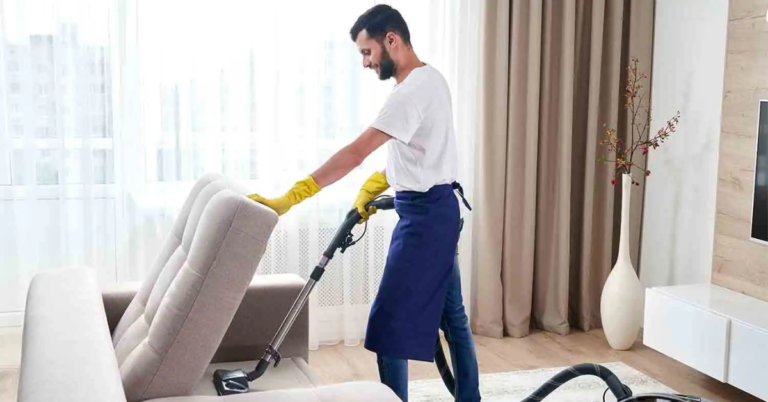Common Issues in Used RVs and How to Fix Them
When it comes to RV repair, buying a used RV can be both an exciting and challenging experience. While these vehicles offer a cost-effective way to explore the open road, they come with their own set of potential issues that can affect performance and comfort. Understanding these common problems and how to address them can help ensure your RV remains reliable and enjoyable. Here’s a guide to common issues found in used RVs and practical solutions for fixing them.
1. Leaky Roof
Issue: A leaky roof is one of the most common issues in used RVs. Over time, roof seals and seams can degrade, leading to water leaks that can damage the interior and lead to mold growth.
How to Fix:
- Inspect the Roof: Regularly check the roof for cracks, holes, or loose seals. Pay special attention to areas around vents, skylights, and seams.
- Seal the Leaks: Use RV-specific roof sealants to repair any cracks or damaged areas. For larger issues, you may need to apply a new layer of roofing material.
- Professional Help: If the damage is extensive, consider having a professional RV service technician inspect and repair the roof.
2. Electrical System Problems
Issue: Electrical issues are common in used RVs, including problems with the battery, wiring, or appliances. Symptoms can include flickering lights, malfunctioning outlets, or issues with the RV’s electrical systems.
How to Fix:
- Check the Battery: Ensure the battery is charged and properly connected. Replace it if it shows signs of wear or isn’t holding a charge.
- Inspect Wiring: Look for frayed or loose wires. Repair or replace damaged wiring as needed.
- Test Appliances: Verify that all appliances are working correctly. If not, check the connections and fuses.
3. Plumbing Leaks
Issue: Plumbing leaks can occur in used RVs due to aging pipes, loose connections, or damaged seals. Leaks can lead to water damage and mold growth if not addressed promptly.
How to Fix:
- Inspect Plumbing: Regularly check pipes, fittings, and connections for leaks. Look for signs of water damage under sinks and around pipes.
- Tighten Connections: Ensure all fittings and connections are secure. Tighten any loose fittings to stop leaks.
- Replace Damaged Pipes: If you find damaged or corroded pipes, replace them with new ones. Use RV-specific plumbing parts for the best results.
4. HVAC System Issues
Issue: Problems with the heating, ventilation, and air conditioning (HVAC) system can impact comfort during your travels. Common issues include non-functioning air conditioning units, faulty heaters, or clogged vents.
How to Fix:
- Check Filters: Clean or replace air filters to improve airflow and efficiency.
- Test HVAC Units: Ensure that both the air conditioning and heating systems are working properly. If not, inspect the units for any obvious issues.
- Professional Servicing: For complex HVAC problems, it’s best to have a professional technician diagnose and repair the system.
5. Suspension and Tire Wear
Issue: The suspension system and tires on used RVs can suffer from wear and tear, leading to handling issues, uneven tire wear, or a rough ride.
How to Fix:
- Inspect Tires: Check for uneven wear, cracks, or low tread. Replace tires that show signs of excessive wear or damage.
- Check Suspension: Look for signs of worn or damaged suspension components, such as shocks or springs. Replace any faulty parts to ensure a smooth ride.
- Alignment: Have the RV’s alignment checked and adjusted if necessary to prevent uneven tire wear and handling issues.
6. Gas System Problems
Issue: The gas system in an RV can develop issues such as leaks, faulty burners, or malfunctioning gas appliances. These problems can be dangerous and need prompt attention.
How to Fix:
- Inspect Gas Lines: Check for leaks in the gas lines using soapy water. Bubbles indicate a leak. Tighten connections or replace damaged lines as needed.
- Test Appliances: Ensure that all gas appliances are functioning correctly. If they’re not, inspect the burners and connections for issues.
- Professional Inspection: For gas-related problems, consider having a professional RV technician inspect and repair the system to ensure safety.
7. Slide-Out Problems
Issue: Slide-outs can encounter issues such as difficulty extending or retracting, leaks, or mechanical failures. Problems with slide-outs can impact the RV’s usability and comfort.
How to Fix:
- Lubricate Mechanisms: Regularly lubricate the slide-out mechanisms to ensure smooth operation.
- Inspect Seals: Check the seals around the slide-outs for any damage or wear. Replace seals if they are not providing a proper seal.
- Test Operation: Ensure that the slide-outs operate smoothly and without obstruction. If problems persist, consult a professional technician for repairs.
8. Upholstery and Interior Wear
Issue: The upholstery and interior components of used RVs can suffer from wear and tear, including stained or torn upholstery, worn-out cushions, or damaged cabinetry.
How to Fix:
- Clean Upholstery: Clean or shampoo upholstery to remove stains and odors. For significant damage, consider reupholstering or using slipcovers.
- Repair or Replace Cushions: If cushions are worn or damaged, either repair them or replace them with new ones.
- Refurbish Cabinets: Repair or refinish cabinetry as needed to restore functionality and appearance.
Conclusion
Owning a used RV can be a rewarding experience, but it comes with its share of potential issues. By being aware of common problems and knowing how to address them, you can ensure that your RV remains in good condition and provides a comfortable and enjoyable travel experience. Regular maintenance, timely repairs, and attention to detail are key to keeping your used RV in top shape for many adventures to come.






